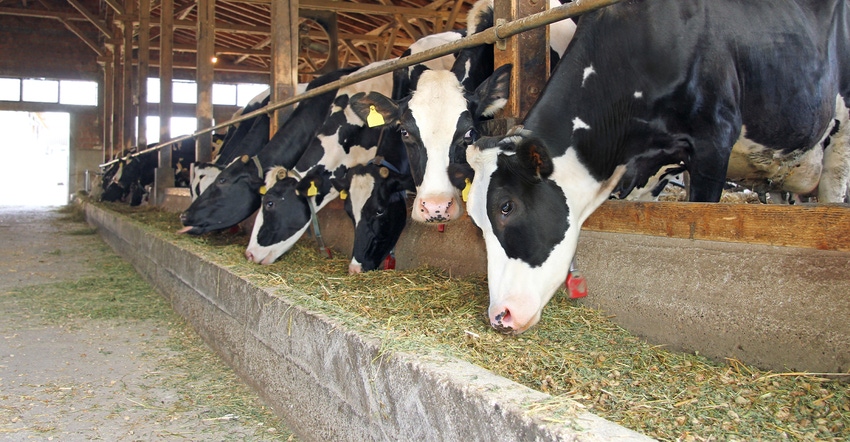November 11, 2019

For many farmers, it may seem like changes to the food system have mushroomed overnight. New challenges to production — but also marketing and reaching consumers — can, at times, appear overwhelming, creating a growing need for useful information that’s easy to access. Cargill is stepping in to fill that gap with a new platform the company is calling Feeding Intelligence.
“Every day we have thousands of people who wake up and visit farmers to help them with their biggest challenges,” says David Webster, president of Cargill’s Animal Nutrition and Health business. “We’re ultimately looking for opportunities to drive the best performance on the farm with the farmer.”
Yet telling that story, and imparting that information to a broader audience, can be challenging. The variety of operations Cargill works with, combined with the resources the company provides, is extensive. Through the Feeding Intelligence website, the company aims to target not only potential customers, but also offer consumers a look at what’s happening on the farm.
“We have several videos on the site,” Webster points out. “For example, Galen Smith, who farms in Washington state, has a team of practitioners, nutritionists at their location on a regular basis to help them overcome the hurdles they face in their operation.”
Twofold purpose
Any web platform — which means information is available to all who find it — can serve many purposes. Webster notes that Feeding Intelligence is just getting off the ground, and he sees a big future for the program. “It’s not only nutrition and health information, but we’re telling the story of agriculture over time, and we are connecting through transparency,” he says.
This is not simply a site for consumers, though; it’s a central-point information effort that farmers can tap to learn more about how the company’s services and support can bring value to the entire food chain. And that’s not just U.S.-based information.
For example, an introductory video (which can be seen at the end of this story) not only shows the challenges facing that Washington dairy, but it also includes a talk with a Vietnamese poultry producer, showing how services helped boost flock health and farm income.
“What we’re trying to get across is that there are opportunities and capabilities that farmers may not have visibility on,” Webster says. “We can help them be better producers, and it’s OK to tell the story to the farmer. We’re getting visibility on leading practices and what leading practitioners are doing today, and the consumer is getting the voice of the farmer.”
The site is information-filled. Each story has many interlinks to other information, not only about services, but also deeper data on specific issues. For example, what do millennials want to know about what you feed pigs? How can a dairy herd boost profitability at a time when prices are soft? What role does animal nutrition play in productivity?
All this information is available for website visitors to see. “Never at any point in our history in the industry has there been more interest from consumers in what we do, and what farming practices we use,” Webster points out.
He explains that with this effort, the company is creating a new ecosystem of information that will work on many levels, from telling stories on the website to offering links to social media. “We are providing a voice and visibility showing the great work farmers do themselves,” Webster notes.
Levels of expertise
Feeding Intelligence is the figurative pointed end of an extensive organization, Webster explains. At the farm level, there is decision-making technology and in-field support to help with important decisions. There are also software tools and analysis to help make better decisions on the farm.
Taking a step back, Webster points to the company’s industry-leading practitioners in science, nutrition and technology. “They’re on farm with the farmer as an individual or part of a team, and they’re using some of the same enabling technologies the farmer uses,” Webster notes.
And stepping one level farther back, Cargill has is making key investments in research and development to develop the next generation of products to meet the market’s nutrient demands. “We’re thinking about the production system with the deepest, most significant understanding of the ingredients we use and the nutrients we provide,” he says. “We’re thinking about the animal and its nutrient demand. We want to create the most efficient and effective way for the animal to live a healthy, happy life.”
That multilevel view of what Cargill does has become the foundation for the Feeding Intelligence effort. The site fired up in October, and Webster explains it’s just the start. You can learn more at cargill.com/feedingintelligence.
Here is a Feeding Intelligence overview video:
About the Author(s)
You May Also Like






